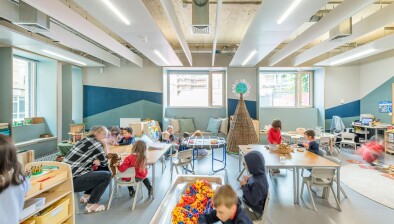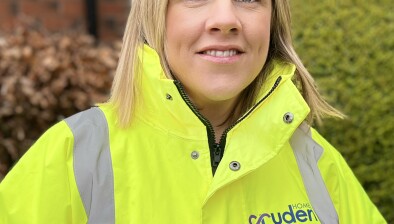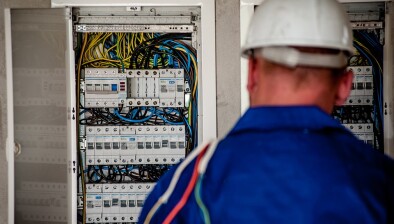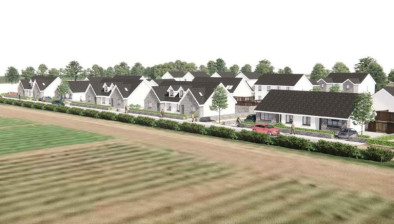Gerard Carson: Engineering a greener world
Gerard Carson from engineering consultancy Will Rudd Davidson discusses the challenges faced by engineers to create useful, stunning and safe buildings that meet environmental standards.
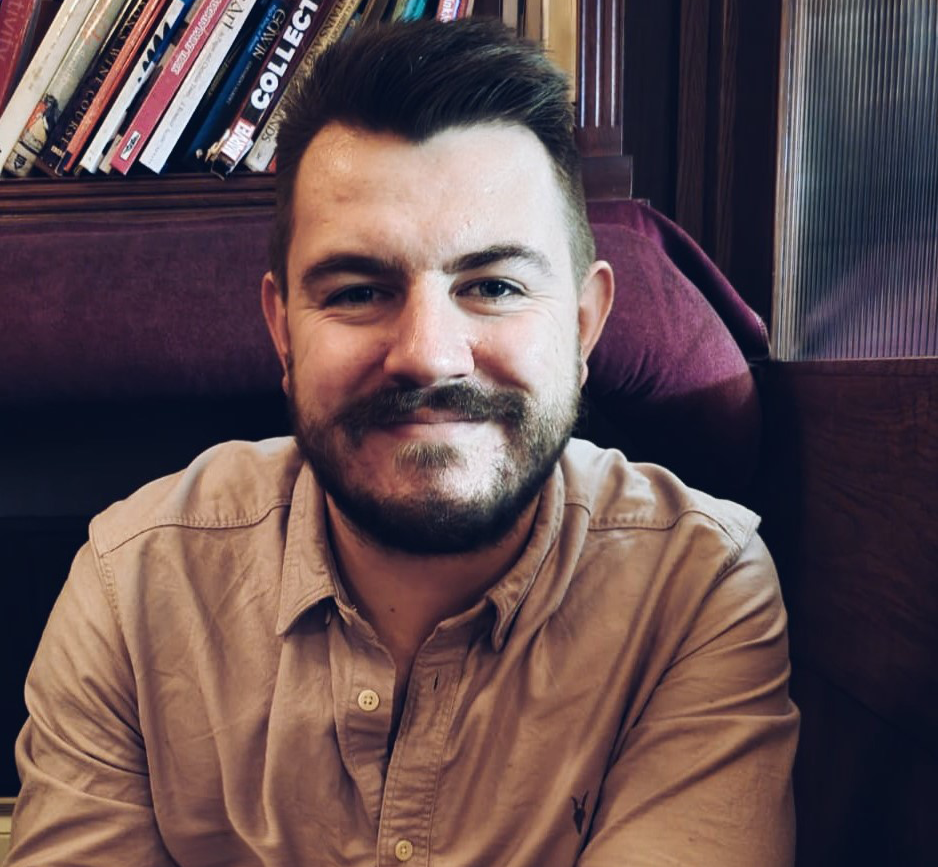
Gerard Carson
Choosing what to study at university was one of the biggest decisions I made in my youth. Faced with the dilemma of choosing subjects I loved or a degree that would get me a job, I decided not to compromise and chose to study Structural and Architectural Engineering at the University of Strathclyde - an institution that promised to be ‘a place of useful learning’.
Just like the thousands of young changemakers who gathered last weekend in Glasgow for COY16, the UN Climate Change Conference on Youth, I wanted to be useful and do work that benefits society.
Engineering of the built environment was perhaps not an obvious choice to meet my aspirations, and it may not be viewed as the ‘greenest’ industry, especially as building and construction has played a major part in the climate breakdown and biodiversity loss, accounting for nearly 40% of energy-related carbon dioxide emissions whilst also having a significant impact on our natural habitats.
However, there is a need for useful and beautiful buildings in our communities – the real engineering challenge lies in meeting this need in a way that is the least impactful to our environment.
That’s what good design delivers - creating new and conserving existing buildings in a way that won’t breach the earth’s biological boundaries. This requires real behaviour change and commitment as an industry, and that is why Will Rudd has signed the UK Structural Engineers Declare Climate and Biodiversity Emergency pledge.
Producing sustainable solutions that reduce the negative impact of climate change is embedded in our approach and drives us to consider the impact of our work as we collaborate with clients and project partners to commission and design buildings and infrastructure. This begins at the earliest conceptual design and optioneering phases.
The Will Rudd team use the Institution of Structural Engineers Structural Carbon tool to estimate the embodied carbon associated with our engineering designs. We look closely at the materials we propose to use and consider a diverse palette of options. We constantly challenge ourselves - are there greener alternatives available that offer the functionality and aesthetic that our client and our architectural colleagues are striving for?
The design must also consider the sustainable principle of reducing waste. As engineers, we are naturally cautious and are governed by the safety of the users of our structures. This can potentially result in over-engineered structures that use more materials than required. One of the fundamental aspects of our work where we have improved is in the specification of structural members. The digital transformation of our industry and the technology and data available allows us to reasonably predict how a structure will behave in service, before it is built, resulting in designs that are both safe and efficient, helping to reduce waste.
We consider the structure design and how it will respect and improve the landscape in which it sits. Our blue-green approach to infrastructure enables us to enhance habitats by integrating above-ground drainage solutions such as natural waterways, rain gardens and ponds, and working closely with landscape architects to deliver planting solutions that improve biodiversity.
Sustainable design does not apply only to new structures. Assessing the viability of reusing existing structures to either extend their use or indeed, bring them back into service can offer a carbon-efficient alternative to demolition and re-build.
Whether it is a new development or the careful conservation of an historic building, or working on offshore energy and hydro power schemes, the Will Rudd team is guided by climate and biodiversity mitigation principles. We have the research, data, technology, and skills to positively contribute to alleviating climate breakdown. This, coupled with a growing collective will from across the built environment sector, will deliver outcomes that have a positive impact on the world around us. I feel that I am putting my useful learning into practice.
- Gerard Carson is a senior engineer /team leader at Will Rudd Davidson, Glasgow














